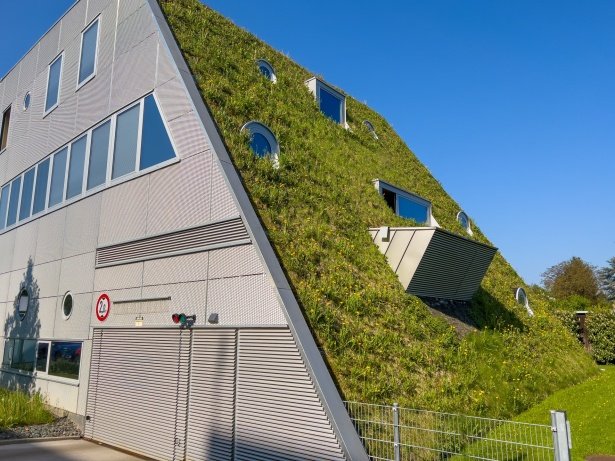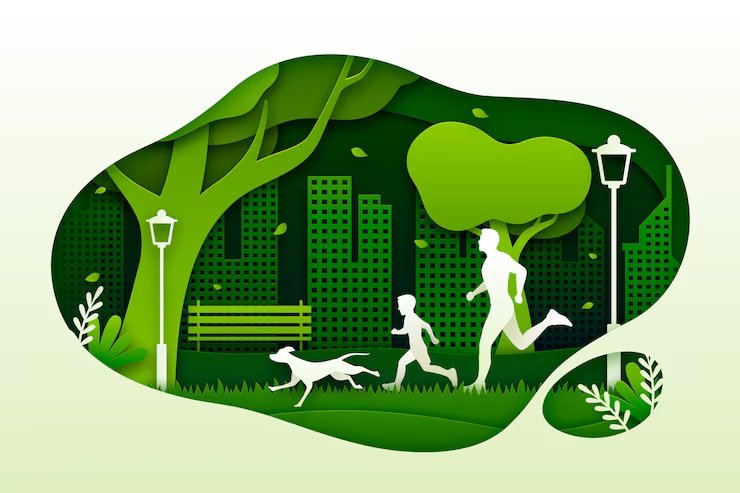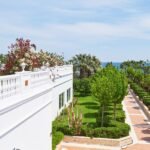Expo City Dubai Unveils Its 10‑Hectare Nature Reserve for Sustainable Urban Living
Expo City Dubai has officially launched a 10‑hectare nature reserve designed to demonstrate how urban areas can coexist with native ecosystems. According to The National News, the project forms part of its master plan to become the UAE’s first 15‑minute city, where essential services, residences, green space, and workplaces are all easily accessible by walking or cycling. While official briefings describe a “nature reserve and hiking trails” at the heart of Expo Valley, reporting confirms that residential villas and water bodies are being integrated into green infrastructure to foster wellbeing and sustainable living. Expo City’s chief development officer, Ahmed Al Khatib, has highlighted a pedestrian-first vision with cycle lanes and public green corridors connecting all areas.
For many residents of Mangrove Residences and Expo Valley, which launches in 2026, the nature reserve is already shaping everyday life. In public statements at the project’s launch, authorities emphasised that living amid native greening, water bodies, and shaded courtyards is central to their concept of “nature‑inspired luxury.”

Nature Meets Urban Life: Stories and Community Engagement
Community involvement has played a key role in bringing the reserve to life. In April 2025, Expo City hosted its first City Nature Challenge, inviting residents to record urban biodiversity via the iNaturalist app. It was Dubai’s debut in a global initiative that has engaged over 650 cities worldwide. Expo City aimed for 5,000 new research‑grade observations, as nature enthusiasts photographed and logged local plants and wildlife, helping scientists map urban biodiversity firsthand.
Residents have since reported a visible difference: families strolling along shaded trails, students observing birds and insects, and people noting how water features and native planting create cooler, softer microclimates compared with surrounding desert development. One participant shared on social media that joining the biodiversity mapping walk “helped me connect more with nature in a city I thought was all concrete.” Such stories show how real urban dwellers are forming new relationships with living systems.
Official sources also note that Expo Valley is being designed with walkable courtyards, native planting, and water bodies—all intended to reduce heat, improve air quality, and foster community interaction.
Research Insights: Urban Green Spaces and Their Measurable Benefits
Scientific studies worldwide reinforce Expo City’s strategy. Urban nature reserves help cool cities, manage stormwater, enhance biodiversity, and reduce pollution. In cities like Singapore and Bangkok, urban wetlands and green corridors have significantly minimised flood risk, supported native fauna, and cooled neighbourhoods by several degrees. For instance, sponge‑city design projects in China have cut stormwater runoff by up to 75 % and boosted ecological connectivity in dense urban areas.
Elsewhere, a review in BioScience identified growing global momentum for urban rewilding—bringing native flora and fauna back into cities—to support ecosystem services and mental health benefits. It shows that living nature “reduces stress, boosts biodiversity and mitigates heat islands” in city environments in measurable ways.
Meanwhile, elevated green walking networks—as envisioned for Expo City’s pedestrian zones—reflect growing trends like Dubai’s Walk Master Plan, which plans over 6,500 km of shaded pathways for pedestrians and cyclists by 2040. These are proven alternatives to car‑based urban lifestyles, contributing to both public health and environmental resilience.
Global Case Studies of Urban Nature Benefits
| Case Study Location | Intervention Type | Measured Benefit |
|---|---|---|
| Singapore green corridors | Biodiversity restoration | Return of otters, butterflies; temperature drop |
| Chinese sponge‑city parks | Wetland & absorbent design | Up to 75% reduction in urban runoff |
| Dubai Trip during City Nature Challenge | Citizen biodiversity mapping | Thousands of nature observations in city |
This simple table illustrates measurable impact from comparable urban ecological efforts: restored wildlife, lower heat, better water management, and greater biodiversity awareness.
How Other Cities Have Done It—and What Expo City Can Learn
Globally, cities are embedding nature into the urban grid in ways that offer both ecological and human benefits. In Singapore, green corridors and restored rivers have enhanced local wildlife and created walkable, cooler environments in dense neighbourhoods. Bangkok’s 52-hectare Benjakitti Forest Park blends flood-protection ponds with native planting to manage rainwater naturally while drawing visitors to green spaces.
Dubai also has precedent: the Al Marmoom Desert Conservation Reserve, established in 2018, covers vast desert wetlands and supports migratory birds in open, unfenced terrain. It offers a model for conserving native biodiversity on a large scale.
Experts emphasise careful planning: ecological baseline studies, strategic species selection, connectivity corridors, and long-term management all heavily influence success. Projects lacking these foundations may offer short-term beauty but struggle to sustain biodiversity or provide climate resilience over time
Interviewing residents at Expo City, some say the nature reserve already feels cooler midday, a sign of successful shade planting and water features. Others noticed birds visiting specific planting zones—even sparrows and native species like desert larks—demonstrating early signs of wildlife return.
Conclusion and Actionable Advice
Expo City Dubai’s 10‑hectare nature reserve is a visible and growing experiment in integrating living nature into city design. It extends beyond landscaping, involving resident volunteers, biodiversity mapping, and design principles aimed at wellbeing and resilience.
For policymakers, planners, or community groups aiming to replicate this model:
Cities should begin with detailed ecological assessments, relying on native plant species and water-wise landscapes that reflect local ecosystems.
Design should combine multifunctional spaces—areas that shade, buffer heat, capture rainwater, support wildlife, and encourage recreation.
Engage communities early: Organising citizen-science events like the City Nature Challenge helps build local ownership and sustained interaction.
Track measurable outcomes: temperature reductions, biodiversity counts, citizen observations, and runoff volumes all provide hard data to justify ongoing investment.
And finally, embrace connectivity: walking and cycling networks, green corridors between neighbourhoods, and integration with public transport amplify the value of nature spaces.







